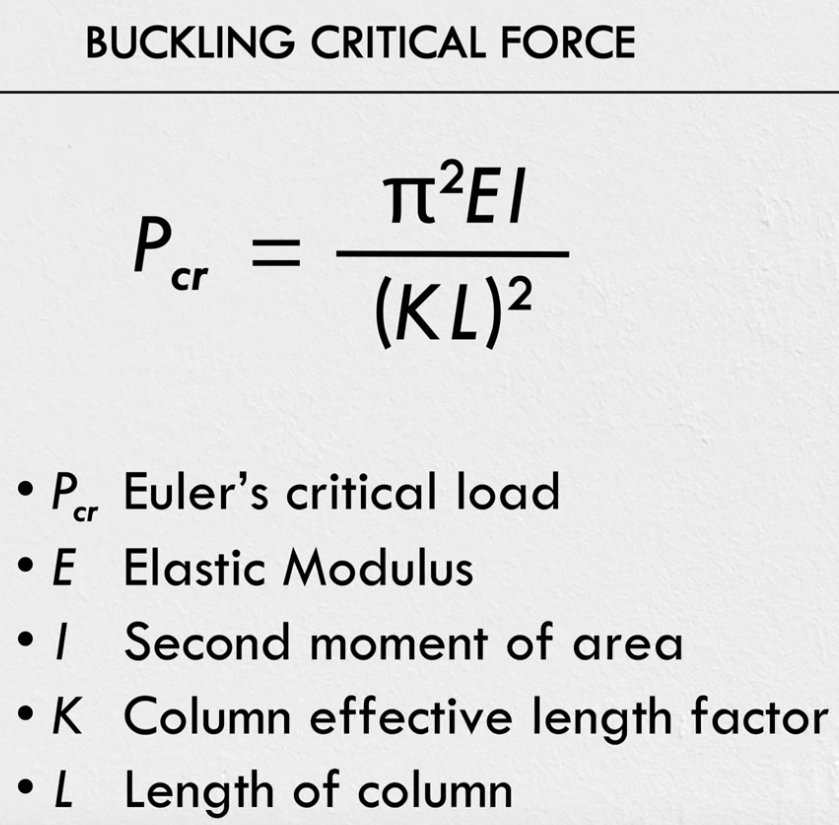Some notable comments:
Railway engineer here! A few points: Not all rail is made of the same alloys, particularly high load areas such as points and crossings. These use harder metals to reduce wear, such as manganese. Adding this into the equation means welding plain line to p&c is a particularly complex job. I am also glad you mentioned track circuit will be covered later on as that is a big downside to CWR with older signalling systems. Aluminothermic welding is spectacular when it goes wrong, search it up!
If anyone wonders why the odd figure of 39 feet was the standard length of single sticks of traditional jointed rail, it was so that they'd fit into 40-foot gondola cars. Welded rail is now typically manufactured in long lengths (1,320 feet in the USA, which is ¼ mile) and can be welded in the field to be continuous. Such long rails are transported on special rail trains, like the one Grady shows half-loaded at 0:25. The yellow racks hold them in place, and the rails bend as the train goes through horizontal and vertical curves 😮.
As a engineer who works in railway track design, one thing I'd like to point out - especially since you mentioned a video on signaling will be coming soon - is that neutral temperature is typically high not because a broken rail is less dangerous than a sun kink. Yes, its more likely that a train could operate over a pull-apart rather than theough a sun kink, but largely because the signal system will detect a pull-apart as a discontinuity in the rails and thus the signal circuit - automatically turning the signal ahead of that track to red!
Fun fact: The problem with 'rock n' roll' (more formally, harmonic rocking) is bad enough that rulebooks disallow travelling at certain speeds on jointed rail. The rulebook I have says this danger zone is 13 to 21 mph, so if your train only has enough power to reach 20 mph (entirely possible, if normal, these days) safety says you'd have to slow to 13 mph on jointed rail. So CWR not only makes maintenance-of-way's job easier, it also makes operating the trains a bit easier and safer too.

